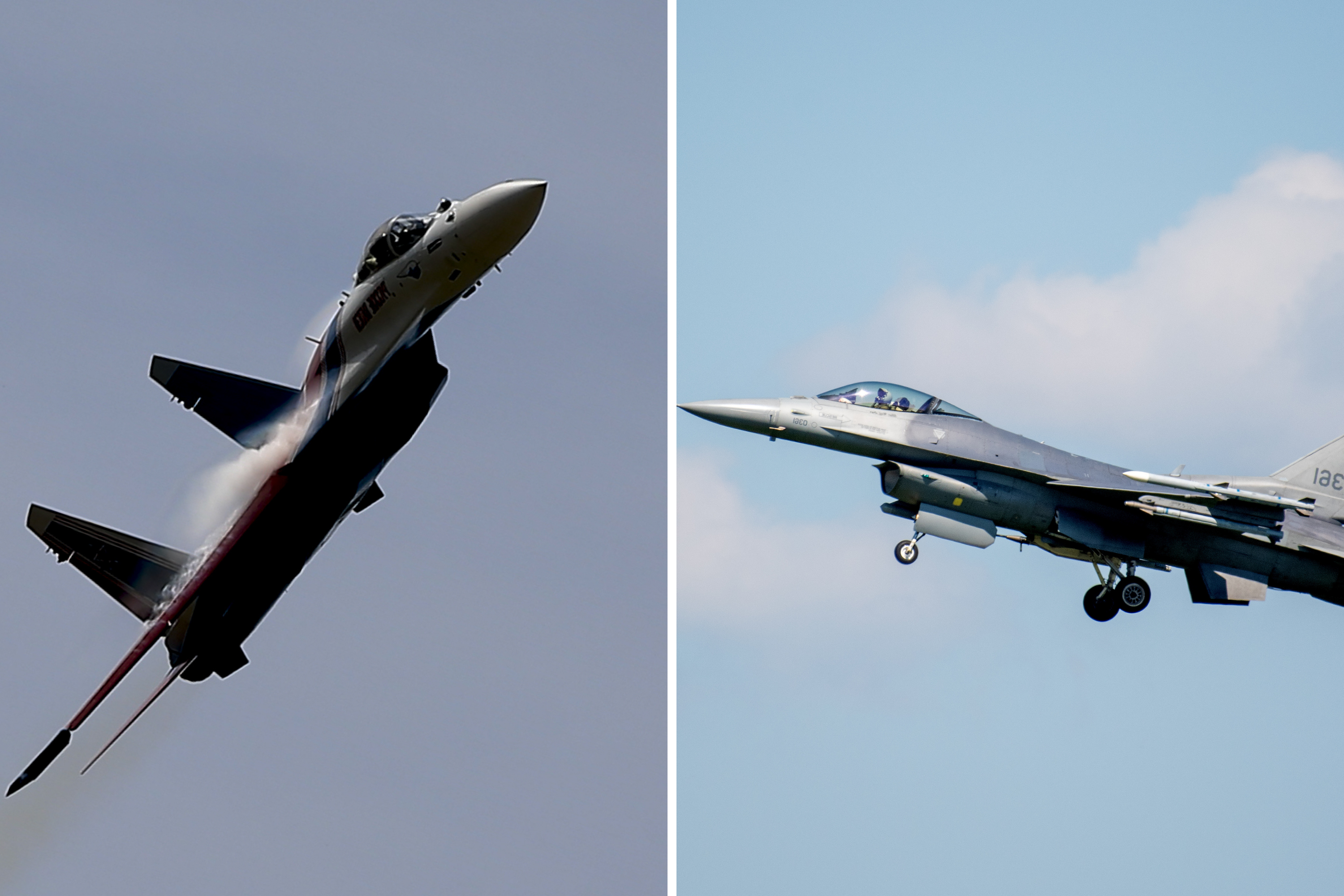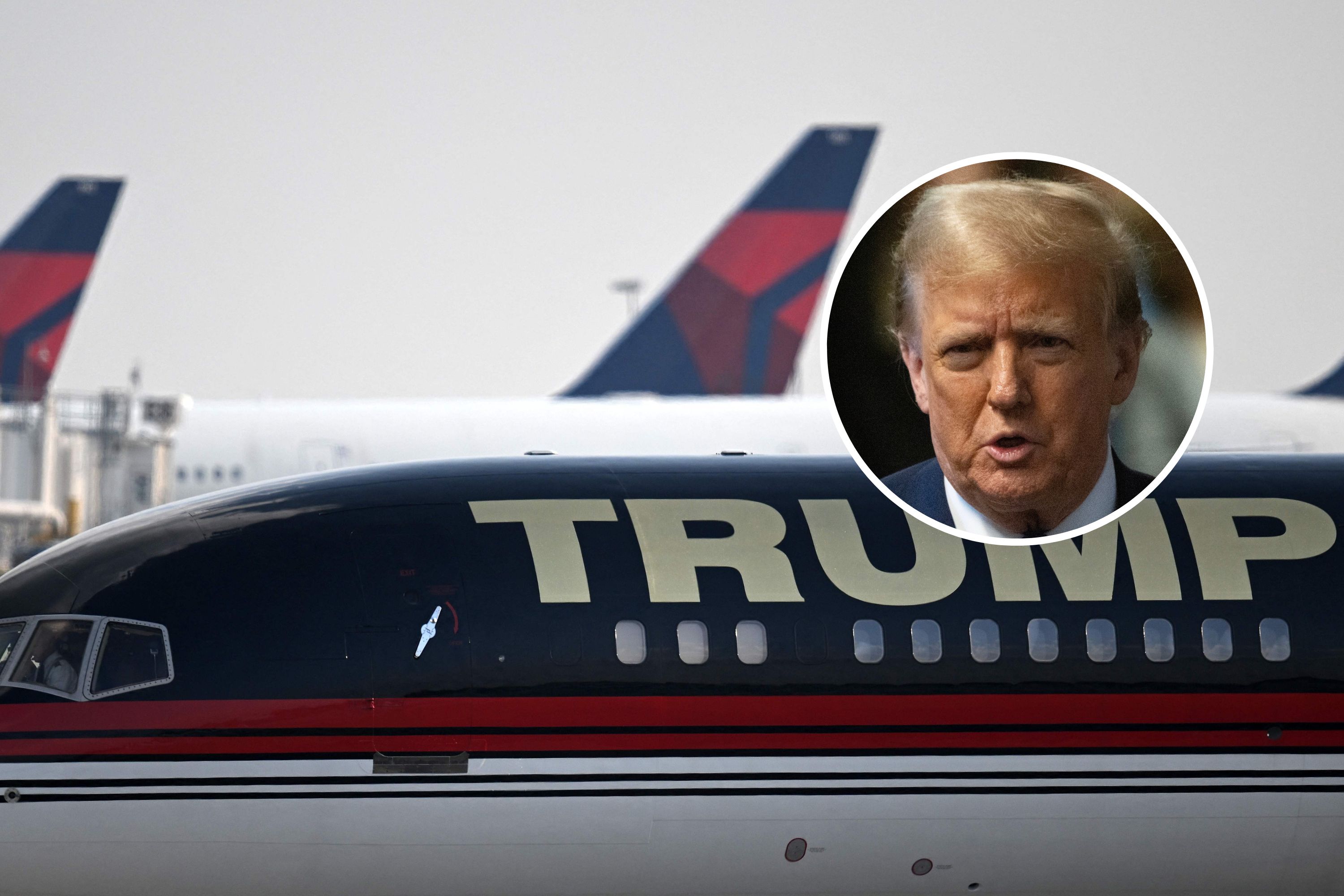Official North Korean media said Tuesday that Supreme Leader Kim Jong Un attended the country's latest advanced hypersonic missile test, marking the leader's first appearance at such a launch mentioned by official reports in more than a year and a half.
The launch, confirmed Monday by Japan and South Korea's armed forces, was the second test in less than a week after another hypersonic platform test believed to incorporate maneuverable reentry vehicle technology took place on Wednesday. North Korea last tested such a hypersonic weapon in September and has since boasted "successive successes" as it joined a global arms race where the likes of China, Russia and the U.S. were also competing.
The latest demonstration was said to have been "carried out with the purpose of finally confirming the overall technical characteristics of the developed hypersonic weapon system," according to an article published Tuesday, Wednesday local time, in the official Korean Workers' Party Central Committee newspaper Rodong Sinmun.
The maneuverable missile was said to have flown conducted a 240-kilometer (or roughly 150-mile) "corkscrew" technique and hit a target at sea some 1,000 kilometers (about 621 miles) away. The claim is significantly further than the 700 kilometers (nearly 435 miles) initially estimated by South Korea's Joint Chiefs of Staff, which also said the projectile flew at some Mach 10, or ten times the speed of sound.
"The superior maneuverability of the hypersonic glide vehicle was more strikingly verified through the final test-fire," according to the North Korean report.
The development of such a weapon has been a priority since the Eighth Congress of the ruling Workers' Party was held in January of last year. But in what appeared to be a first, Kim himself had not been mentioned in any official reports of missile tests throughout the entirety of 2021, including the testing of a new cruise missile, a train-based ballistic missile, a submarine-launched ballistic missile and the debut hypersonic weapons test.
Leading military officials such as Pak Jong Chon, who serves as secretary of the Korean Workers' Party Central Committee and a member of the ruling party's politburo presidium, were reported to have overseen the latest launches at a time when Kim had cut down public appearances in general, potentially due to COVID-19 concerns or health issues related to a significant weight loss that has prompted worries from even his own citizens, according to state-run media.
Mentioned in the latest launch report was Jo Yong Won, another member of the Korean Workers' Party Central Committee Politburo and secretary for the committee's organizational affairs.
Also present according to pictures accompanying the event was Korean Workers' Party Central Committee Vice Department Director Kim Yo Jong, who is also Kim Jong Un's sister and could be seen clapping alongside officials at the apparent success of the test as the North Korean ruler pointed to screens fixed in a viewing area.
Kim Jong Un's presence may only serve to reinforce the importance he has placed on such achievements, something he emphasized during the launch.
"Stressing the need to further accelerate the efforts to steadily build up the country's strategic military muscle both in quality and quantity and further modernize the army," Rodong Sinmun reported, "Kim Jong Un encouraged the national defence scientific research sector to continuously make admirable successes in the historic sacred cause for remarkably increasing the war deterrent of the country, true to the Party's strategic policy of national defence development and strategic guidelines."
"That day he called the core members in the sector of hypersonic weapon research and development to the office building of the Party Central Committee and warmly congratulated them," the report continued. "He had a photo session with them, expressing great expectation and conviction that they would help bolster the war deterrent of the country with their continued ultra-modern scientific research achievements for national defence and reliably guarantee the sovereignty and security of the state."

The launch prompted criticism from Japan, South Korea as well as their mutual ally, the United States. The U.S. State Department and Indo-Pacific Command both weighed in against the launch as did the White House during a press conference Tuesday.
"As the State Department and INDOPACOM have made clear overnight, we condemn the DPRK's ballistic missile launch," White House Press Secretary Jen Psaki said. "While we've assessed that this event did not pose an immediate threat to U.S. personnel or territory or to our allies, the launch highlights the destabilizing impact of the DPRK's illicit weapons program. The launch is in violation of multiple U.N. Security Council resolutions. It poses a threat to the DPRK's neighbors and the international community."
She called on North Korea "to refrain from further provocations and engage in sustained and substantive dialogue" and said President Joe Biden's administration was "consulting closely with our allies and partners on this."
Kim has outright rejected attempts to restrict his country's nuclear and missile development via international sanctions, even as the U.S. was joined by Albania, France, Ireland and the United Kingdom in requesting closed consultations at the United Nations Security Council.
North Korea's ally, China, took an even more measured approach.
"We have taken note of the launches. Further research and assessment is needed to identify the nature of the projectile," Chinese Foreign Ministry spokesperson Wang Wenbin told reporters earlier Tuesday. "All sides should avoid jumping to conclusions or overacting. We hope relevant sides will act prudently, jointly safeguard peace and stability on the Korean Peninsula, resolve respective concerns through dialogue and consultation, and advance the political settlement process of the Korean Peninsula issue along the dual-track approach and the phased and synchronized principle."
He also noted that "the situation on the Korean Peninsula is at an important and sensitive stage," arguing that China and fellow members of the U.N. Security Council had an important part to play in trying to restart oft-stalled dialogue among the rival Koreas and the U.S.
"China always holds that the Security Council should play a positive and constructive role and that any action should be conducive to facilitating the resumption of dialogue between the parties concerned and to maintaining peace and stability on the Peninsula," Wang said. "At the same time, China calls on all sides to bear in mind the bigger picture, work in the same direction, focus on advancing the political settlement process, and do more things that can help stabilize the situation, accumulate mutual trust and revive dialogue."
Dialogue has been virtually paused on the Korean Peninsula since the breakdown of a burgeoning historic peace process involving Pyongyang, Seoul and Washington in 2019.
South Korean President Moon Jae-in, set to leave office after elections in March, has continued to push for a rekindling of inter-Korean talks as well as a declaration to officially end the Korean War that erupted in the 1950s, while President Joe Biden, who took office in January, has also said he was open to dialogue. Kim, who marked a decade in power last month, has called on the two to first recall their "hostile policy" of economic sanctions and military exercises.
The North Korean leader has appeared more focused in years on addressing domestic economic issues and shoring up national defense, two main topics of his most recent address during the Fourth Plenary Meeting of the Eighth Central Committee of the Korean Workers' Party late last month.
Kim was said to have remarked how "the military environment of the Korean peninsula and the trend of the international situation getting instable day after day demand that bolstering the state defence capability be further powerfully propelled without a moment's delay," according to the official Korean Central News Agency.
He reemphasized the need for the defense sector to press forward with the Eighty Party Congress goals including the development of new, modern weapons, and pushed as well for the bolstering of North Korea's already multimillion-strong militia units.
But he also linked North Korea's military strategy to outside events, including Pyongyang's relations with Seoul and other international factors.
"The conclusion set forth principled issues and a series of tactical orientation," the official report stated, "all of which should be maintained by the sectors of the north-south relations and external affairs to cope with the rapidly changing international political situation and the circumstances in the surroundings."
Uncommon Knowledge
Newsweek is committed to challenging conventional wisdom and finding connections in the search for common ground.
Newsweek is committed to challenging conventional wisdom and finding connections in the search for common ground.
About the writer
Based in his hometown of Staten Island, New York City, Tom O'Connor is an award-winning Senior Writer of Foreign Policy ... Read more
To read how Newsweek uses AI as a newsroom tool, Click here.








